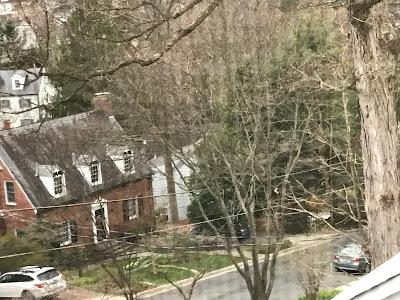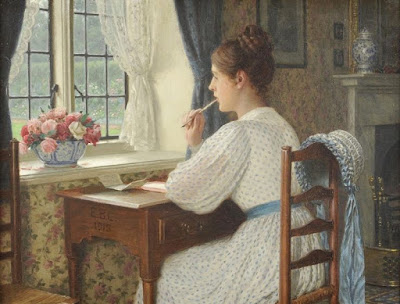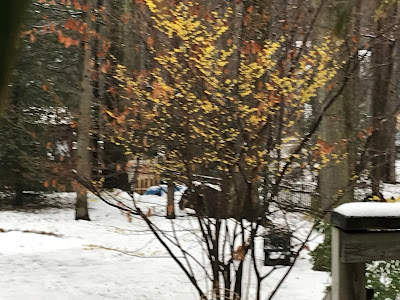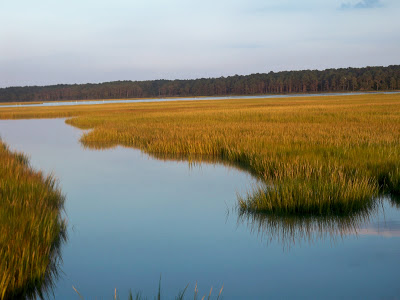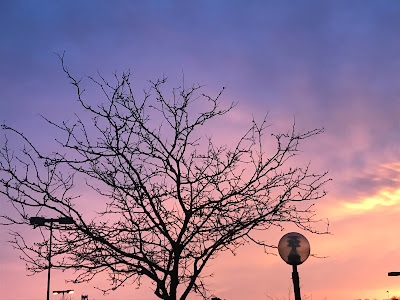View from a Garret
Over the weekend I stayed with friends in the city and slept in a third-floor bedroom. When I saw the slanting eaves, the bed tucked up by the two windows, I wanted to cry out with delight.
It’s not that I don’t love my own house, my own bed. It’s cozy here, and warm. I like our house and neighborhood.
But that doesn’t mean I don’t crave a garret. To be writing up there would be to channel Jo March, with her apples and her writing smock. A romantic notion? Of course!
From what I gather, the derivation of the “writer in a garret” phrase was the English writer Samuel Foote, who said that an author’s fate was to be “born in a cellar and liv[e] in a garret.” Bohemian poverty has been celebrated in literature throughout the last couple of centuries.
But it’s not the poverty I like about the garret; it’s the combination of coziness and expansiveness. And it’s the view. It’s being able to look out over rooftops and treetops. It’s perspective — something I think all writers (and all people, for that matter) need.
